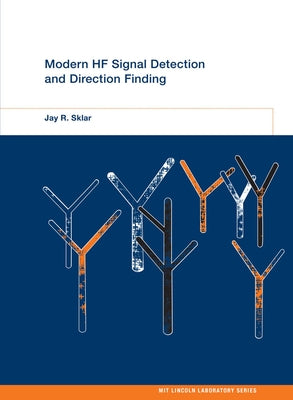Before you leave...
Take 20% off your first order
20% off
Enter the code below at checkout to get 20% off your first order
Discover summer reading lists for all ages & interests!
Find Your Next Read

Adaptive antenna array technology encompasses many powerful interference suppression approaches that exploit spatial differences among signals reaching a radio receiver system. Today, worldwide propagation phenomenology occurring in the High Frequency (HF) radio regime has made such interference common. In this book, Jay Sklar, a longtime researcher at MIT Lincoln Laboratory, presents detailed descriptions of detection, direction-finding, and signal-estimation methods applicable at HF, using consistent formalisms and notation. Modern electronic system technology has made many of these techniques affordable and practical; the goal of the book is to offer practicing engineers a comprehensive and self-contained reference that will encourage more widespread application of these approaches.
The book is based on the author's thirty years of managing MIT Lincoln Laboratory work on the application of adaptive antenna array technologies to the sensing of HF communication signals. After an overview of HF propagation phenomenology, communication signal formats, and HF receiver architectural approaches, Sklar describes the HF propagation environment in more detail; introduces important modulation approaches and signaling protocols used at HF; discusses HF receiver system architectural features; and addresses signal processor architecture and its implementation. He then presents the technical foundation for the book: the vector model for a signal received at an adaptive array antenna. He follows this with discussions of actual signal processing techniques for detection and direction finding, including specific direction-finding algorithms; geolocation techniques; and signal estimation.
Thanks for subscribing!
This email has been registered!
Take 20% off your first order
Enter the code below at checkout to get 20% off your first order